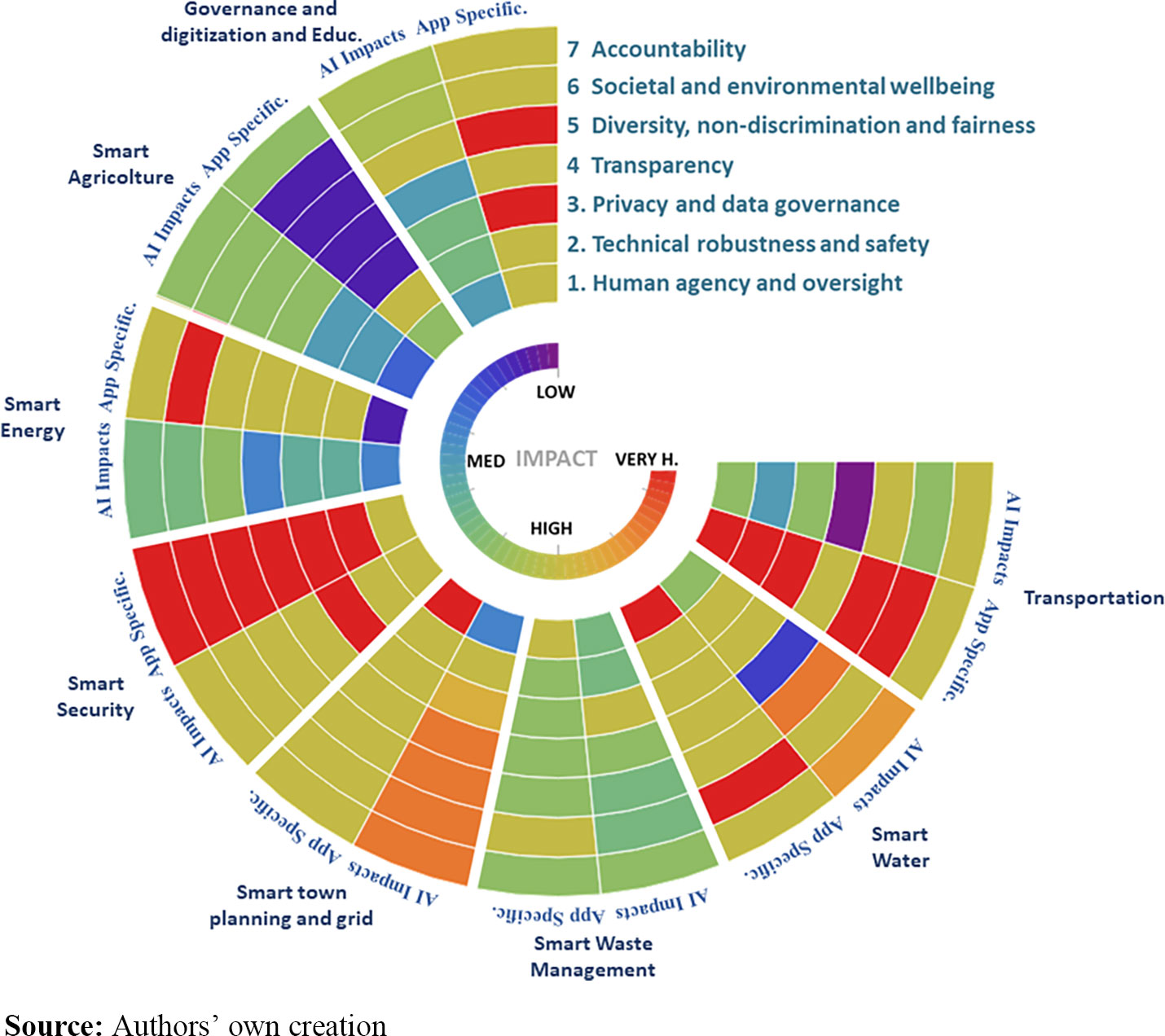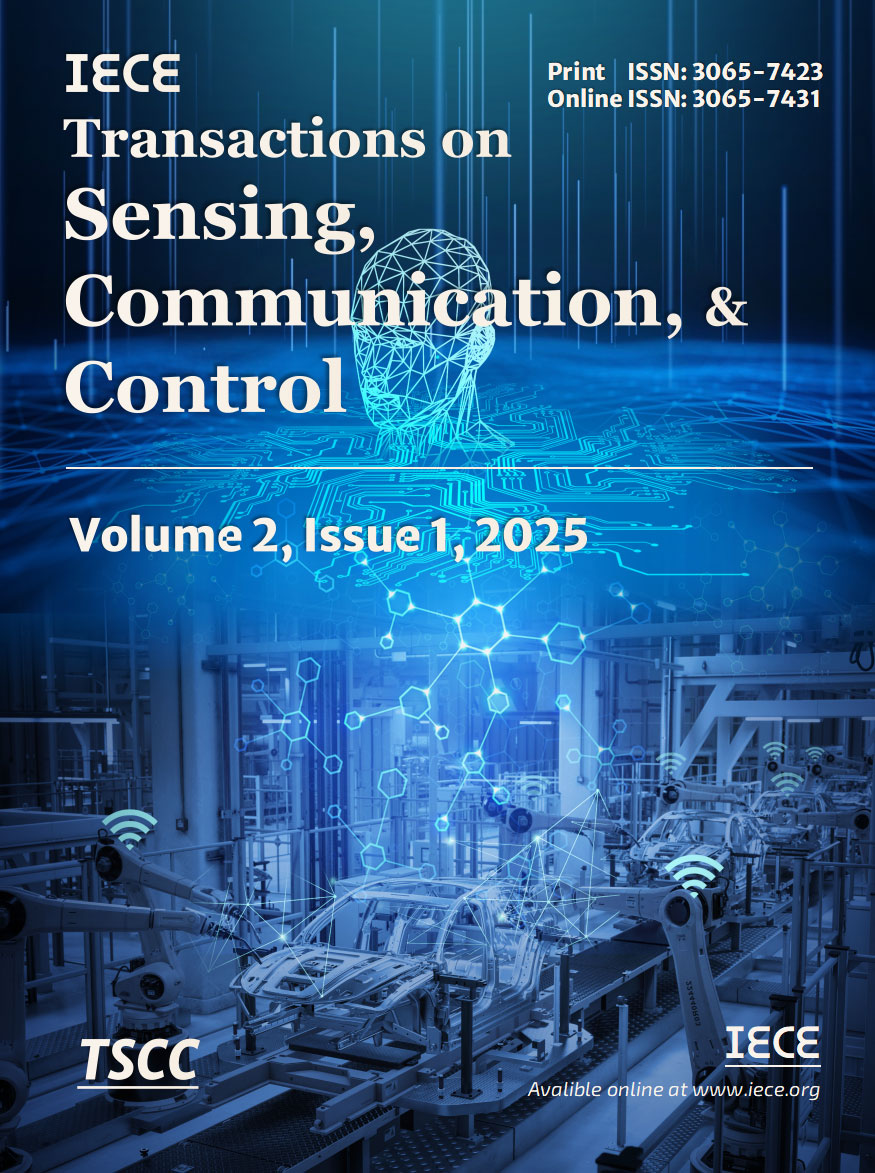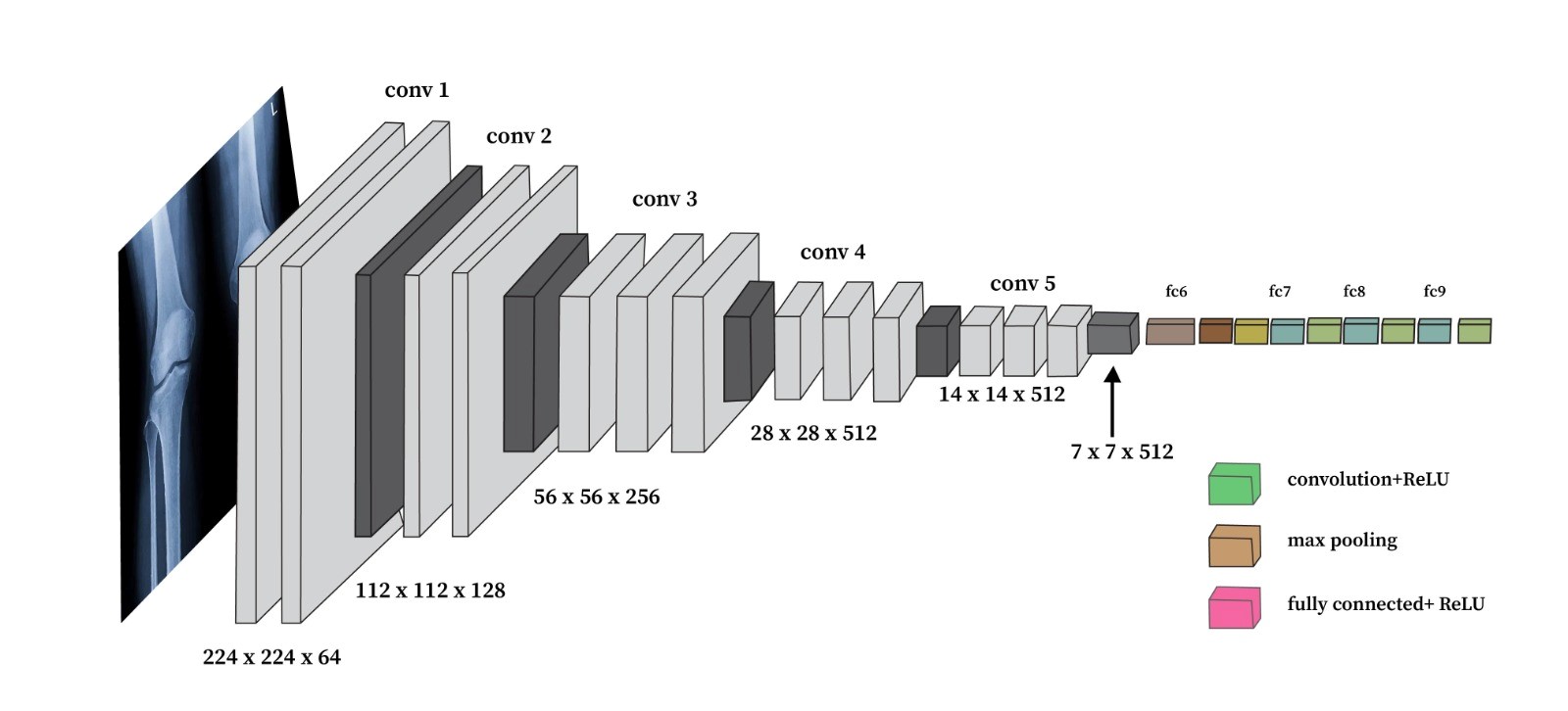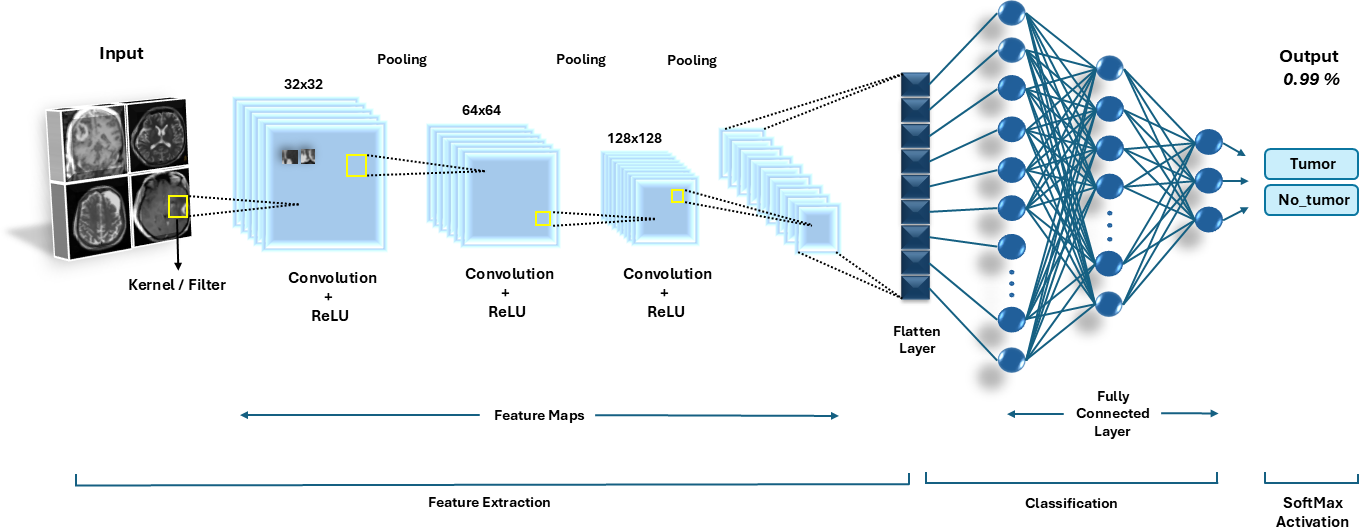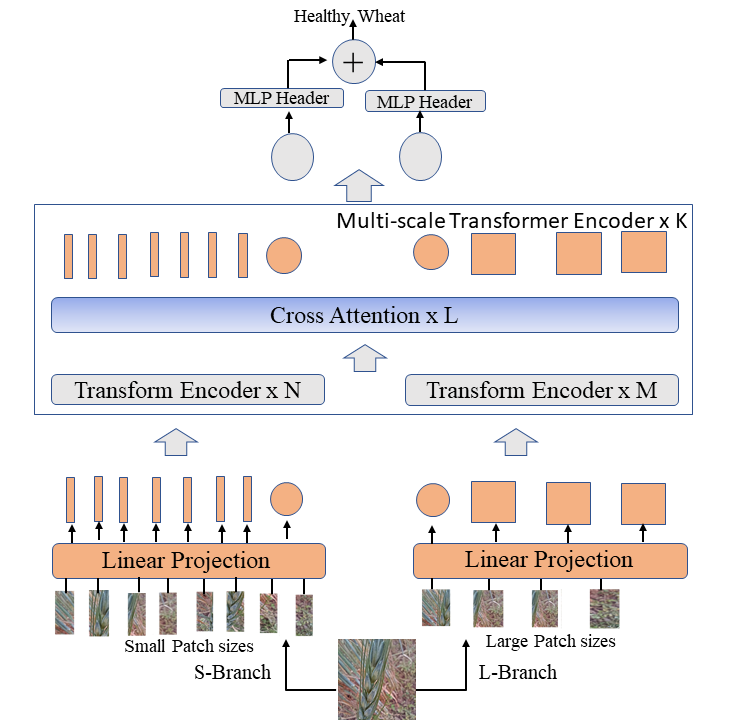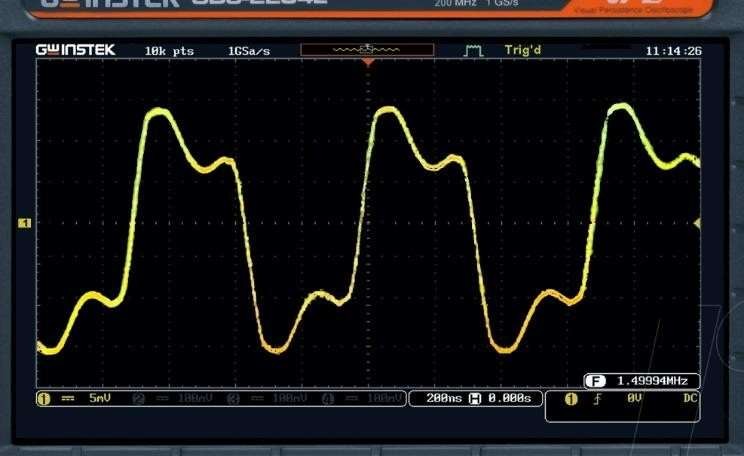IECE Transactions on Sensing, Communication, and Control | Volume 2, Issue 1: 48-65, 2025 | DOI: 10.62762/TSCC.2025.291581
Abstract
The rapid urbanization and technological advancements have driven the development of smart cities, envisioned as sustainable, efficient, and interconnected urban spaces. The integration of sixth-generation (6G) wireless technology in smart cities promises unprecedented opportunities in connectivity, low-latency communication, and data management, which transforms urban living. However, this evolution raises critical ethical concerns related to privacy, inclusion, transparency, accountability, and environmental sustainability. This paper explores the ethical considerations inherent in designing smart cities with 6G, emphasizing data governance, equity, and human-centric approaches. It delves... More >
Graphical Abstract
